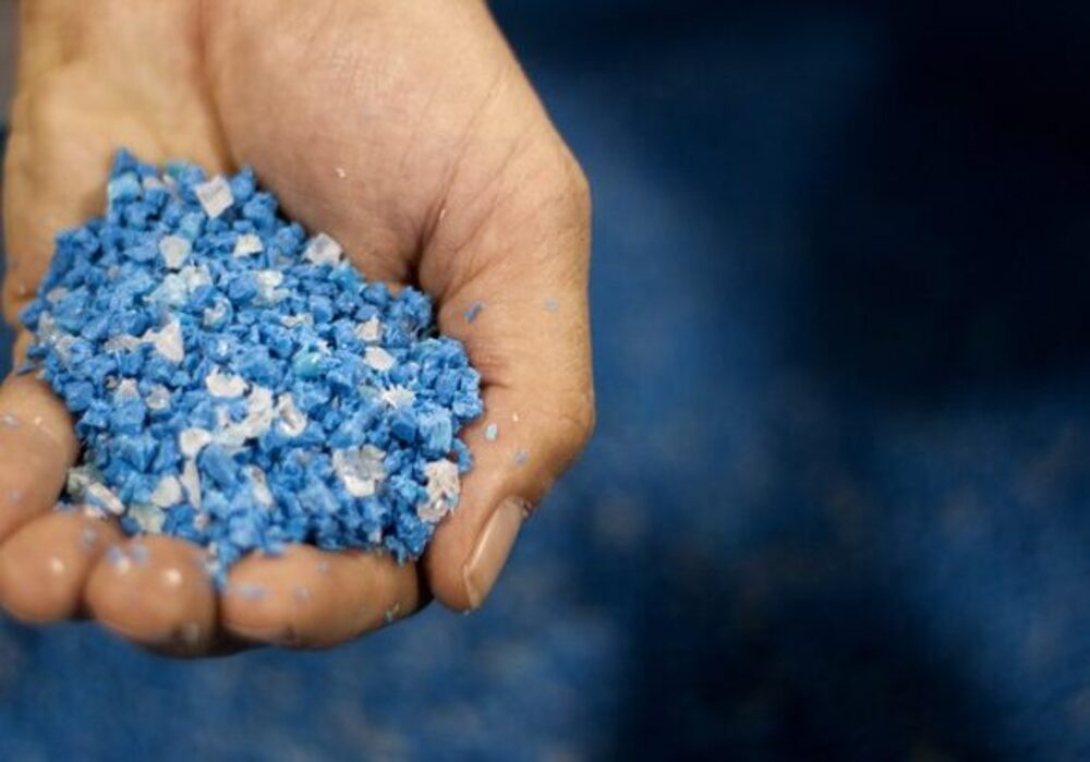
Resource Category
Resource Subject
Resource Content Type
Last September, Jace Tunnell discovered a layer of tiny, round plastic pellets covering a beach on Padre Island off the southern coast of Texas. There were "millions of them," he recalled, "and it went on for miles." Tunnell, a marine biologist, knew exactly what the pellets were, but says he had never actually seen them before. They're called nurdles, and they're the preproduction building blocks for nearly all plastic goods, from soft-drink bottles to oil pipelines. But as essential as they are for consumer products, nurdles that become lost during transit or manufacturing are also an environmental hazard. In the ocean and along coastal waterways, they absorb toxic chemicals and are often mistaken for food by animals. They also wash up by the millions on beaches, leaving coastal communities to deal with the ramifications.